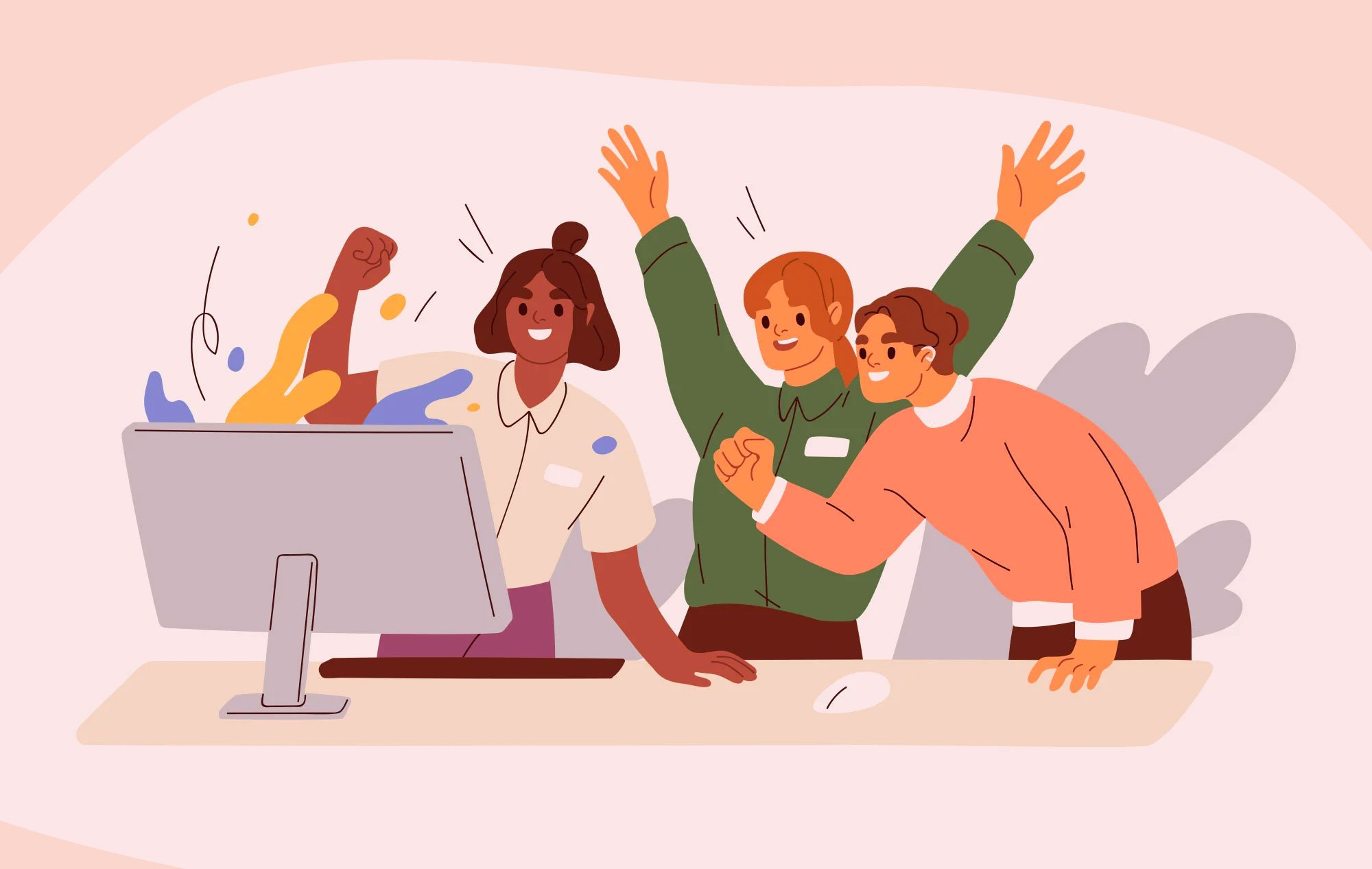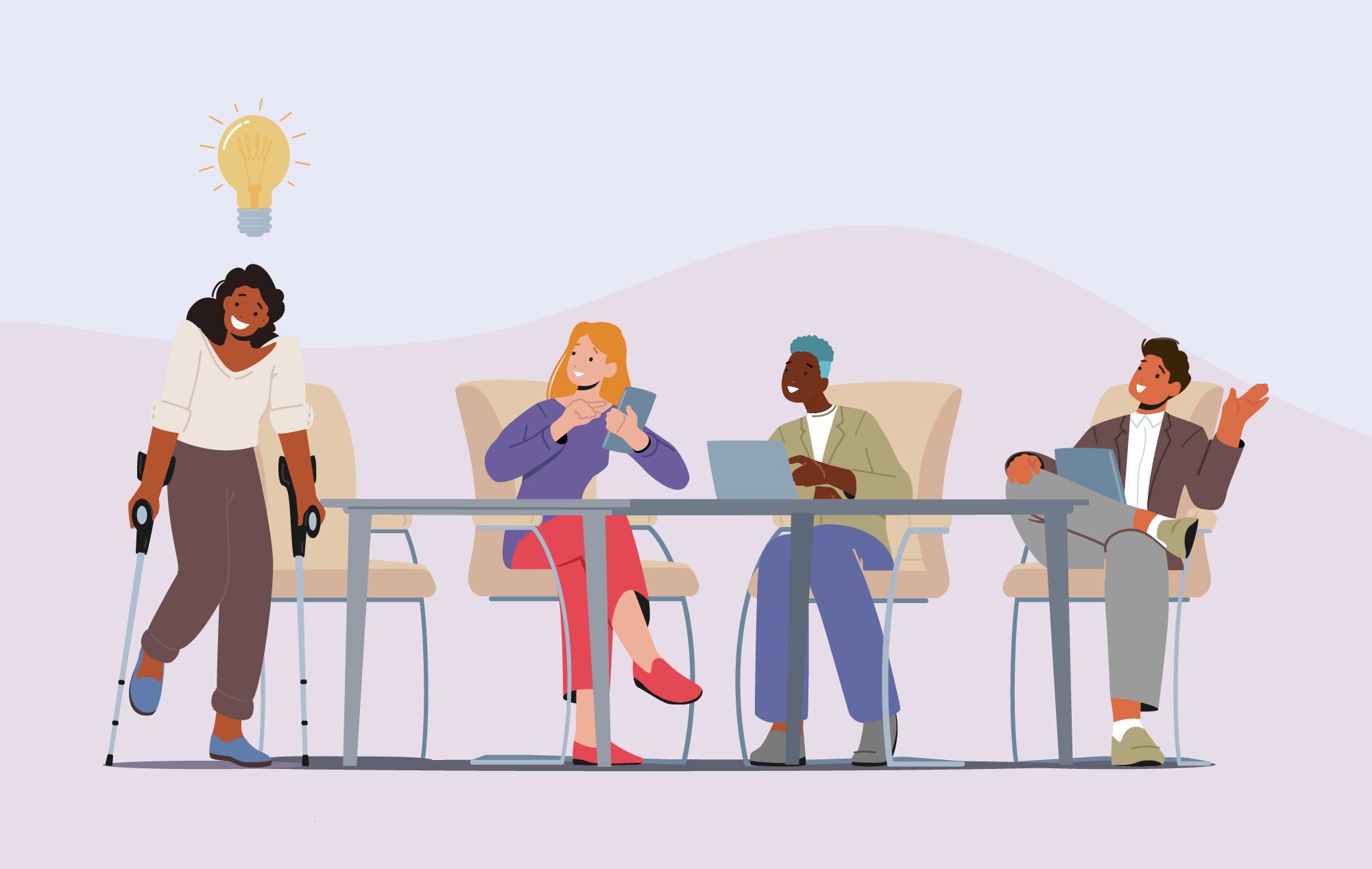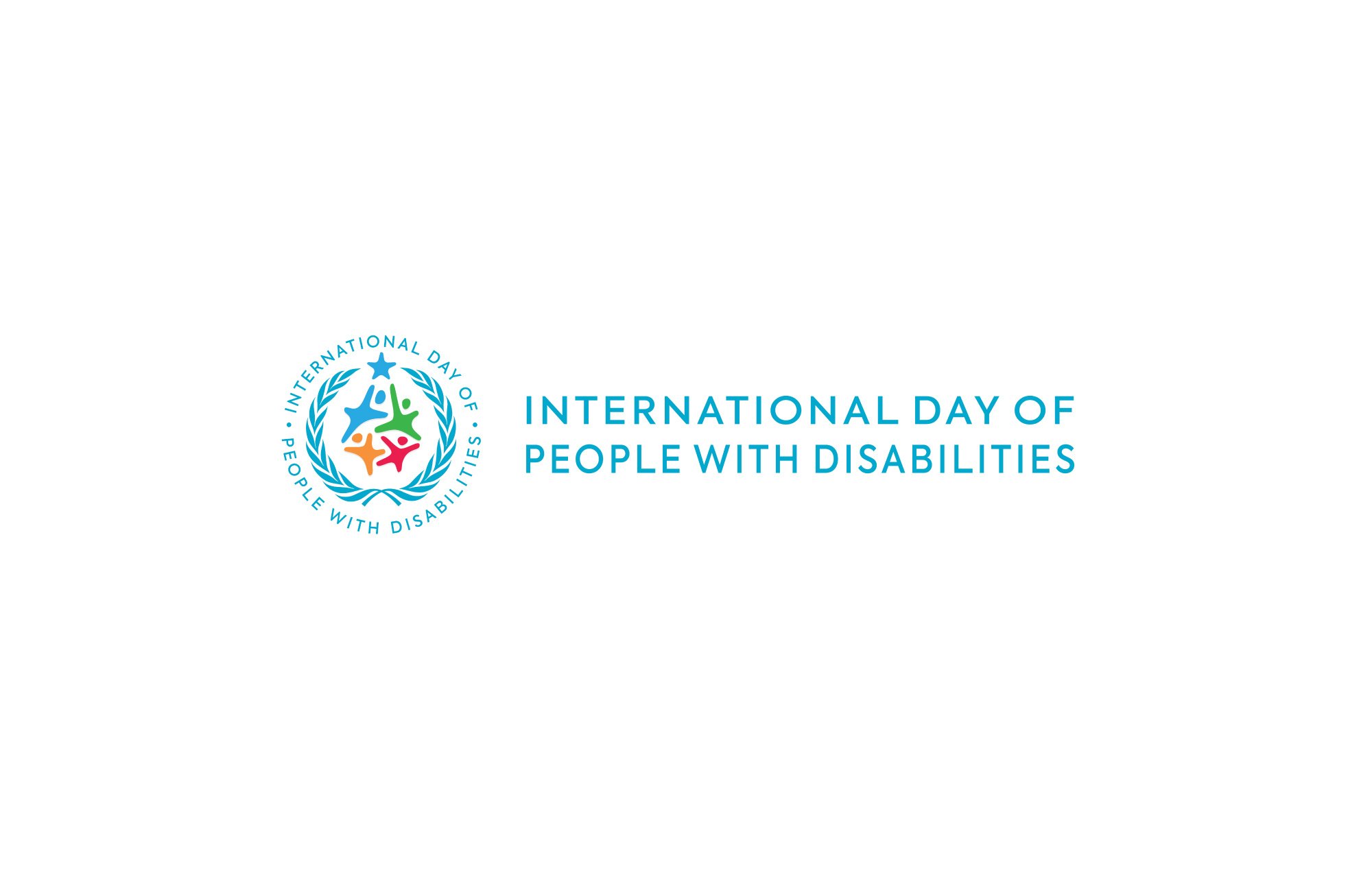An estimated 30 million people 12 or older in the United States experience hearing loss in both ears.
For perspective, that’s about 9 million people shy of the total population of Canada. As a result, people living with hearing loss are “navigating a world that wasn’t set up for them,” says Amy Wood, a member of the d/Deaf community herself after contracting meningitis at five months old, which left her deaf in her right ear and with 98% loss in her left.
Many professional spaces have been built without proper consideration of accessibility measures for people with disabilities, which can leave them without the resources needed to do their jobs, less likely to self-advocate, or struggling to find employment in the first place.
“Creating an inclusive culture can help d/Deaf people thrive,” says Wood, an accessibility manager at leading Customer Relationship Management (CRM) platform Salesforce. “It’s often hard for d/Deaf people to secure work, and when they do, they’re often dependable, responsible, and loyal.”
To help professionals with hearing loss better navigate their workplace, including a remote environment, Wood shared specific accessibility measures organizations should implement, including advice on proper training, assistive technology, improved communication, and more.
The Importance of Sign Language in the Modern Workplace
American Sign Language (ASL) is a complete language utilizing hand shapes, facial expressions, gestures and body language, with its own syntax and grammatical structure.
For instance, when asking a question in English, speakers raise their vocal pitch and change their word order, whereas signers raise their eyebrows, widen their eyes, and tilt their bodies forward.
“If a d/Deaf person relies on ASL to communicate, there should always, always, always be a sign language interpreter available,” says Wood. “Asking an ASL user to use English captions instead of ASL requires them to consume information in a second language that they may not be very proficient in."
Notably, not every person with hearing loss communicates with sign language. Wood, for example, grew up in a hearing family and was mainstreamed in school, where sign language wasn’t readily available. So, while she doesn’t utilize it, her team at Salesforce has open access to interpreters.
Especially for organizations with a high number of d/Deaf employees, hiring a full-time interpreter to translate audio from training videos and other media is one of many ways to enhance accessibility.
How to Make Your Workplace More Accessible for Employees with Hearing Loss
Conduct d/Deaf Awareness Trainings
People experience various levels of hearing loss, ranging from mild to complete loss.
It may not be totally apparent that a colleague is living with a disability. And you don't want to create an environment that deters people from self-advocating to avoid judgment from others or to maintain job security, as Wood writes about in her LinkedIn bio.
This not only impacts their ability to complete tasks, but can be incredibly isolating—impacting the camaraderie and morale d/Deaf staff feel (or don’t feel) toward their team.
Implementing awareness training goes a long way to promote understanding about different levels of hearing loss and ways to effectively communicate with colleagues.
Making such training and inclusive practices a part of workplace culture helps mitigate hurtful, stereotypical assumptions and even ableist language and jokes.
Provide Assistive Technology
From speech-to-text software to closed captioning, assistive technology offerings are as broad as they are useful.
Some apps, for example, provide on-demand sign language interpretation to help with the absence of a live interpreter.
Additionally, accessible phones enable users to send typed messages using a teletypewriter (TTY) line.
Such technologies are only continuing to expand, which means organizations have ample resources at their disposal to be a supportive ally in proactively asking staff what they need to be successful.
“[Salesforce] has been amazing with creating an inclusive environment,” Wood tells InclusionHub. The cloud-based customer relationship management software provider makes a concerted effort to move accessibility to the beginning of designing its projects, events, and offerings—dubbing this its “shift left mentality.”
“My team proactively scheduled a human captioner for our team meetings for the fiscal year,” Wood continues. “This takes the burden off of me of having to request it every time.”
Another way to improve accessibility is by including captions and sign language translations in all videos, audio and audiovisual material, meetings, events, and anytime when spoken word is used.
You might choose to provide closed, AI-generated, or live Communication Access Realtime Translation (CART) captioning, which translates speech at a live event verbatim. Due to its slight lag, however, CART captions can sometimes be hard to follow.
Also, it’s not only d/Deaf individuals who can benefit from captions. A survey from language learning app Preply found half of Americans without hearing loss elect to utilize such features, including 70% of people classified as Gen Z and 53% who are Millennials. Among the reasons people favor captions, according to the survey, is because it has become “harder to hear dialogue in shows and movies than it used to be.”
Along with captions, it’s important to provide assistive technology, including but not limited to the following:
- Speech-to-Text Software: This recognizes and translates spoken word into text.
- Loop Systems: Helpful to people with a hearing aid, such systems send sound directly to the telecoil receiver—eliminating background noise and drastically improving experience of music and speech.
- Electronic Notetakers: These small, portable devices store information using braille or typewriter keyboards, which is retrieved via a built-in speech synthesizer, braille display, or both.
Additionally, ensure emergency evacuation protocol is accessible to all.
While many buildings include standard buzzers or auditory alarms, some are not equipped with sufficient visual alarm systems that utilize flashing lights and digital alerts. Verify your workplace has these emergency measures, and consider implementing a buddy system to enhance visibility.
Use Inclusive Communication Methods
When creating protocols for communicating internally, it's important that you consider how information will be received by someone experiencing hearing loss.
For instance, think about addressing these questions as they relate to d/Deaf professionals:
- Does my organization promote inclusive recruiting and application processes?
- Can all applicants easily request accommodations for an interview?
- Does my website include captions and sign language translations?
- Are meetings inclusive?
- Will d/Deaf employees be able to easily follow instructions during an emergency evacuation?
When recruiting and hiring, broaden your candidate pool as much as possible, and clearly convey available accommodations, should they be needed.
During the interview, follow accessibility best practices of utilizing Zoom’s hand-raised and caption features, selecting a location with ample lighting, and avoiding interrupting others and “popcorn” speaking. In general, these should be incorporated in all meetings so participants can more easily navigate who is speaking, read lips, and engage more fully.
When broadcasting information, whether internally or on your company’s website, provide captions and ASL interpretations for all video, audio, and other media.
Finally, if using loudspeakers and intercoms to make emergency announcements, ensure translations are available and systems include visual and digital alarm components.
Creating an Environment Where d/Deaf Professionals Can Thrive
As many facets of the professional world and society, in general, were built without people with disabilities in mind, these communities are often left without the resources they need to perform their jobs.
By conducting awareness training, providing assistive technology, and utilizing inclusive communication methods, companies can begin to create an inclusive environment where the success of these employees is not an afterthought, but a priority.
In these types of environments, those with hearing loss can be empowered to thrive.
InclusionHub is a crowd-sourced, online directory dedicated to amplifying and improving accessibility in the workforce and broader society. To learn more or take part in this extraordinary pursuit, contact us today.






Leave a Comment